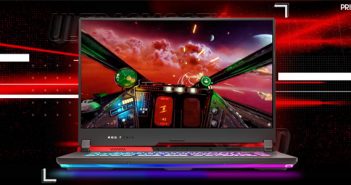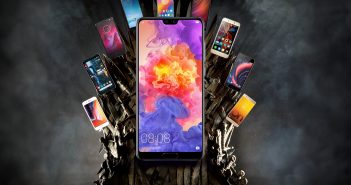The modern batteries are powering most of the portable devices nowadays. The latest mobiles, laptops, and tablets are coming with advanced charging technologies. Charging up gadgets might look simple but do you know everything about behind the scenes of a smartphone or laptop battery charging? We have the answer for this.
FAQ of Smartphone & Laptop Batteries
-
What’s the tiny battery symbol on the laptop, phone or tablet charger?
Every smartphone or laptop charge has some small print on it. The specification for input and output power of charger is also mentioned on it. The input is typically in AC ranging from 100 to 240 volts in universal voltage chargers.
On the output, you’ll see 5V(5 volts) and Amps information. The voltage varies as per the type of charging technology your smartphone use. The latest mobiles are been offered with Qualcomm’s QuickCharge technology which increases the voltage up to 9 or even 12 volts. This allows your device to charge itself at fast as possible.
For instance, you have 5V 2A charger (10 watts), then it will charge faster than any 5V 1A charger (5 watts). However, it is recommended to use the charger which is supplied along with your device.
-
What does the mAh mean for power banks?
The rating of any power bank is measured in milliamp hours (mAh). It denotes the amount of charge the battery is supposed to hold inside a battery bank. It is quite obvious that a power bank having 20000mAh will hold more of a charge than a 10000mAh power bank. However, it doesn’t mean it will be having double power than other. The charge holds capacity depends on the circuitry present inside the power bank, quality, and age of the battery.
Also, if you use a phone having a 2000mAh battery, you can’t charge the device for 10 times with your 20000mAh battery. This occurs because the charge capacity in power bank is lost in the conversion.
-
What is the difference between different kinds of fast charging technologies?
The fast charging technology enables users to quickly charge their devices than older charging methods. The solution for fast charging was first introduced by Qualcomm.
Different companies are adopting the same technology and promoting it in a different name such as turbo, rapid, and fast.
-
What’s the always-on port on my laptop?
The latest laptops are offered with always-on USB ports. The normal USB ports can offer a 500mAh current and to use this, you have to keep the system booted up.
Some laptops have the always-on ports which are denoted with a tiny symbol (maybe a lighting symbol). Some always-on port also allows you to use faster current for faster charging.
There are also some software tricks to tweak the ports- switch them on/off or manage the power of a laptop to be used for always-on ports.
-
A larger battery means longer battery life?
The battery life of any device depends on how much power the device demands. Most of the feature phones in past decade were having a 750mAh or 900mAh batteries in it. Still, they managed to give a battery life of 3 to 4 days.
For smartphones, the type of screen, processor, and other associated components affects the power consumption of a device. So, you may find a smartphone with a 2000mAh battery which could surprisingly outlast than a 3000mAh battery mobile.




